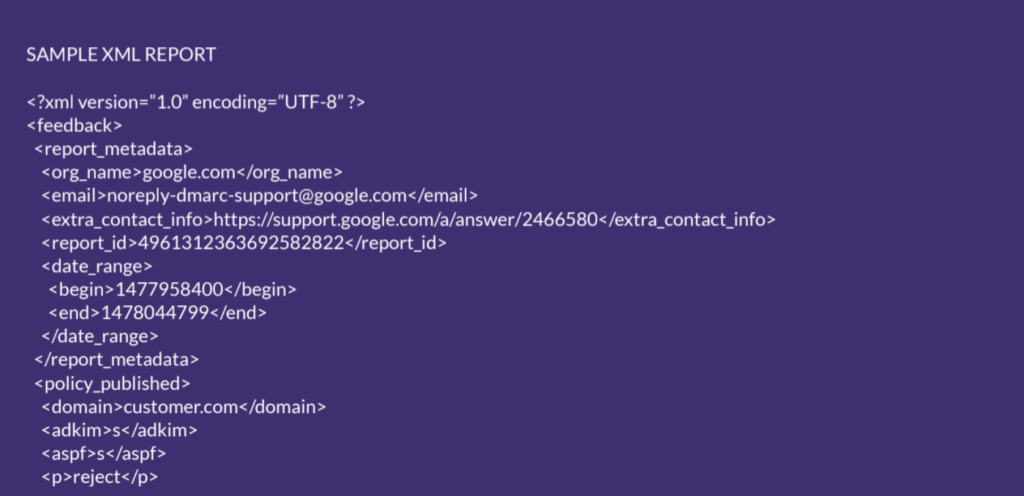
What is a DMARC Record?
As a mission-driven company, dmarcian is focused on spreading the adoption of DMARC. Because of this, we interface with a wide range of people with varying degrees of knowledge. We thought we’d take a step back and take a look at something fundamental: What is a DMARC record?
A DMARC record is a text entry within the DNS that tells the world your email domain’s policy when it comes to checking to see if your SPF and/or DKIM has passed or failed.
A DMARC record also tells the servers that touch your email on its way to its final destination to send XML reports back to the reporting email address listed in the DMARC record. These reports provide insight on how your email is moving through the ecosystem and allow you to identify everything that is using your email domain.
You can find more information on publishing DMARC records here.
The DMARC Record: What does it look like?
Following is an example of a DMARC record:

“v=” indicates this is a DMARC record
“p=” indicates the DMARC policy
“rua=” indicates where data should be sent
RUA is reporting that provides an aggregate view of all of a domain’s traffic. The other option is RUF reports that are redacted forensic copies of the individual emails that are not 100% compliant with DMARC. While RUA reports show the traffic of the email, RUF reports contain snippets from the actual emails themselves. While RUA reporting is all that is needed for DMARC deployment, more advanced users may also add the RUF tag, which will send more sensitive information.
These reports are in Extensible Markup Language (XML), which isn’t easy to read:

There are tools that can translate these XML files into a human-friendly format. Services like dmarcian’s, where the RUA reports can be pointed to, automatically process the reports and give you insight via a powerful dashboard to make identifying the valid uses of your email domain easier while disallowing abuse. A dmarcian account will store past reports so you can observe trends and be alerted when new threats arise.
You can find more information about getting started with DMARC here.
Read about how to protect your subdomains with a DMARC record.
We’re Here to Help
With a team of email security experts and a mission of making email and the internet more trustworthy through domain security, dmarcian is here to help assess an organization’s domain catalog and implement and manage DMARC for the long haul.
Want to continue the conversation? Head over to the dmarcian Forum.


